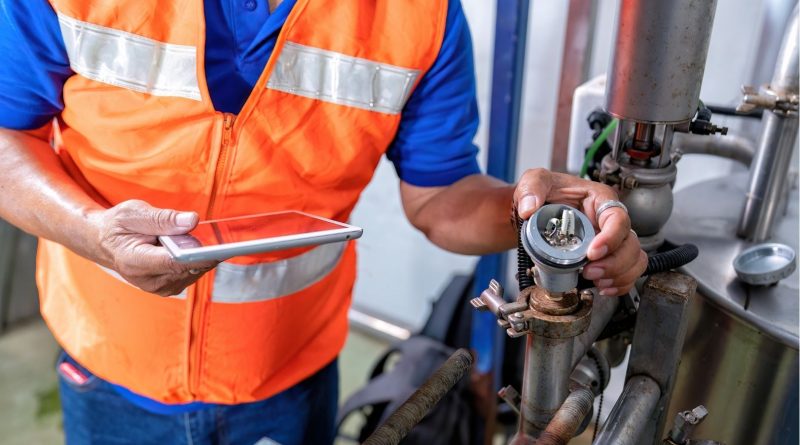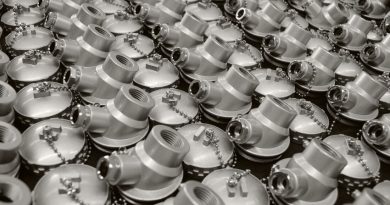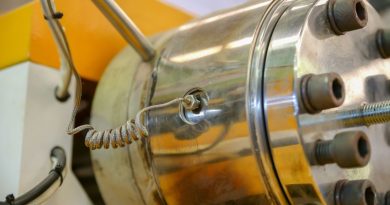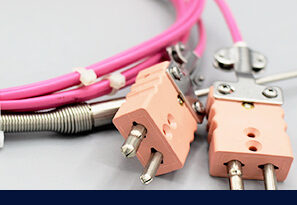NIST Thermocouple Calibration: Best Practices and Guidelines
NIST thermocouple calibration is essential for ensuring accurate temperature measurements across various industries. The National Institute of Standards and Technology (NIST) establishes standards and provides calibration services for a range of instruments, including NIST thermocouples. This article explores essential aspects of NIST thermocouple calibration, including best practices, guidelines, common errors, and the importance of compliance.
Understanding NIST Thermocouple: What You Need to Know
What is a Thermocouple?
A thermocouple is a temperature-sensing device made of two different conductors. It produces a voltage proportional to the temperature difference between its junctions. Thermocouples are popular due to their wide temperature range, durability, and low cost.
Types of Thermocouples
NIST thermocouples come in various types, each suitable for different temperature ranges and environments. Common types include:
- Type J: Works for temperatures from -40°C to 750°C.
- Type K: Commonly used, with a range of -200°C to 1260°C.
- Type T: Ideal for cryogenic applications, ranging from -200°C to 350°C.
Understanding these types and their applications is crucial for proper calibration.
NIST Thermocouple Calibration and its Standards
NIST thermocouple calibration involves comparing a thermocouple’s output to a known temperature standard from NIST. This process ensures the accuracy of temperature measurements. The calibration uses NIST thermocouple polynomials, mathematical representations relating the voltage output of a thermocouple to its temperature.
For more detailed information on NIST standards, refer to the NIST Technical Note.
The Importance of Calibration Using NIST Thermocouple Polynomials
Why Calibration Matters
Calibration ensures accuracy and reliability in measurements. Inaccurate temperature readings can lead to significant issues, such as:
- Product Quality Issues: Precise temperature control is crucial in manufacturing.
- Safety Risks: Incorrect temperatures can create hazards in pharmaceuticals and food processing.
- Regulatory Compliance: Many industries must adhere to strict standards, making calibration vital.
The Role of NIST in Calibration
NIST thermocouple polynomials provide traceability to national standards, ensuring consistent measurements across labs and industries. By calibrating thermocouples against NIST standards, organizations validate their systems, enhancing credibility and accuracy.
Best Practices for NIST Thermocouple Calibration
Regular Calibration Schedule
Establishing a calibration schedule is essential for maintaining accuracy. Depending on the application, thermocouples should be calibrated:
- Annually: For critical measurements, such as in pharmaceuticals.
- Biannually: For less critical applications.
- Before and After Use: For specific projects.
Documenting Calibration Results
Maintaining detailed records of calibration results is vital. Documentation should include:
- Calibration date
- Results
- Adjustments made
- Technician’s name
This information is essential for audits and compliance verification.
Environmental Considerations
Environmental factors can affect thermocouple accuracy. Consider:
- Ambient Temperature: Control the calibration environment.
- Electromagnetic Interference: Avoid areas with high interference that can impact readings.
Step-by-Step Guidelines for Accurate Calibration Procedures
Step 1: Prepare the Calibration Setup
Before starting calibration, ensure you have all necessary equipment, including:
- A calibrated reference thermometer
- A stable temperature source (like a calibration bath)
- Data logging tools
Step 2: Establish a Baseline
Measure the voltage output of the NIST thermocouple at known reference temperatures. This establishes a baseline for comparison.
Step 3: Apply the NIST Thermocouple Polynomials
Use the NIST thermocouple polynomials to calculate expected voltage outputs for specific temperatures. Compare these calculations with your thermocouple’s voltage output.
Step 4: Make Adjustments if Necessary
If discrepancies arise, make adjustments and document them for future reference.
Step 5: Validate Calibration
Re-measure the thermocouple’s output at known reference points after adjustments. This ensures calibration accuracy.
Step 6: Final Documentation
Complete the calibration report, documenting findings, adjustments, and validation results. This report is essential for compliance and future reference.
Common Mistakes to Avoid When Calibrating NIST Thermocouples
Inadequate Preparation
Failing to prepare adequately can lead to inaccurate results. Ensure all equipment is calibrated and functional before starting.
Ignoring Environmental Factors
Temperature fluctuations and environmental conditions can significantly impact results. Always conduct calibrations in a controlled environment.
Neglecting Documentation
Not documenting calibration results can lead to compliance issues and future inaccuracies. Keep thorough records to support traceability.
Skipping Validation
Validation is a critical step. Skipping it can leave unresolved inaccuracies.
Maintaining Compliance:
| Best Practices | Description |
| Regular Calibration Schedule | Establish a calibration schedule based on the criticality of measurements. |
| Documenting Calibration Results | Keep detailed records of calibration dates, results, adjustments, and technician information. |
| Environmental Considerations | Control ambient temperature and avoid areas of electromagnetic interference during calibration. |
| Preparation of Calibration Setup | Ensure all necessary equipment is calibrated and functional before starting the procedure. |
| Application of NIST Thermocouple Polynomials | Calculate expected outputs using NIST polynomials for accurate comparison. |
| Validation of Calibration | Re-measure and confirm accuracy after adjustments to ensure reliable results. |
Standards and Regulations in Temperature Measurement
Industry Standards
Various industries have established standards for temperature measurement, including:
- ISO 9001: A quality management standard requiring accurate measurements.
- FDA Regulations: The pharmaceutical industry mandates strict temperature controls.
Understanding and adhering to these standards is crucial for compliance.
NIST Compliance
Calibrating thermocouples against NIST standards ensures compliance with national and international measurement standards. This compliance is essential for businesses requiring precise temperature measurements.
Continuous Improvement
Regularly review and update calibration procedures to adapt to the latest standards and technologies. Continuous improvement is vital for maintaining accuracy and compliance.
NIST thermocouple calibration is crucial for ensuring accuracy, reliability, and compliance with industry standards. By understanding thermocouple principles, following best practices, and adhering to guidelines, organizations can improve measurement accuracy. Avoiding common mistakes and staying informed about regulations further enhances calibration effectiveness. Prioritizing calibration ensures product quality and upholds safety standards in your industry.
Implement these best practices to keep your NIST thermocouples accurate and reliable, leading to improved operational efficiency and product quality.



